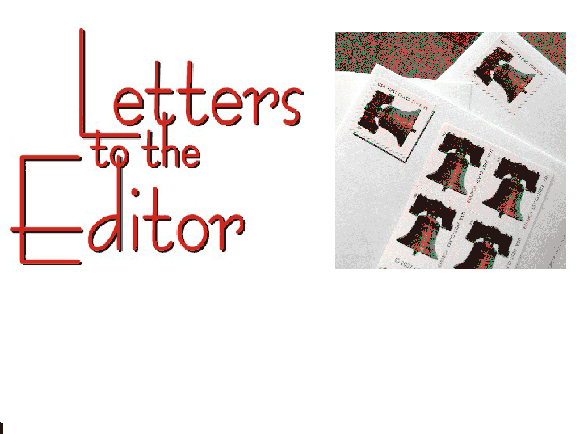The Culver City Council meeting on April 24 was both uplifting and heart-breaking. It was uplifting to hear from so many younger Culver City residents who have chosen to reduce or eliminate their use of cars, not because it’s easier or more convenient, but because they are committed to doing their part to reduce the greenhouse gases that already are causing severe climate impacts.
It was inspiring to hear my neighbor, Culver City High School senior Ava Frans, tell the Council, “We are one of the first generations living with constant climate anxiety. As a result, we involve ourselves in our community to create actionable change.”
The meeting was heartbreaking because the majority of our City Council members voted to remove the Move CC protected bicycle lane and add back a lane for cars. They appeared deaf to the argument that the project is a necessary step toward reducing greenhouse gas emissions by providing safe and efficient alternatives to driving.
The fallacy of the shared bike/bus lane approach is the assumption that it will attract the same number of cyclists as the protected bike lane. Multiple studies have found that perceived safety is the most important factor in urban bicycle use. Protected bicycle lanes are strongly perceived to be the safest, and they are the most effective in attracting new riders (Hull & O’Holleran, https://www.tandfonline.com/ loi/rupt20).
I was getting ready to try cycling again for the first time in 45 years, but at age 70 there is no way I would risk riding in a lane shared by the largest vehicle on the road.
The irony of adding back a lane for cars is that it will not reduce congestion in downtown Culver City. Although travel time may decrease initially, induced demand means more people will choose to drive. In addition, Waze and Google will redirect traffic to the additional lane now that Los Angeles has added separate dedicated lanes for bicycles and buses on Venice Boulevard.
Three members of our City Council showed that
• They do not prioritize climate change and its impact on future generations;
• They do not understand the necessity of reducing driving to achieve climate goals;
• They do not care about equity and investing in solutions that serve area residents with the fewest resources;
• They do not believe data collected and analyzed by accepted methodologies, but substituted perceptions and anecdote;
• They do not understand the widely accepted principle of induced demand.
Rosalynn Carter said, “A leader takes people where they want to go. A great leader takes people where they don’t necessarily want to go, but ought to be.” We have a moral obligation to do our part to mitigate climate disaster. Unfortunately, three of our Council Members showed us they are not great leaders. Voters will remember.
— Jeanne T. Black, PhD, aMBA











